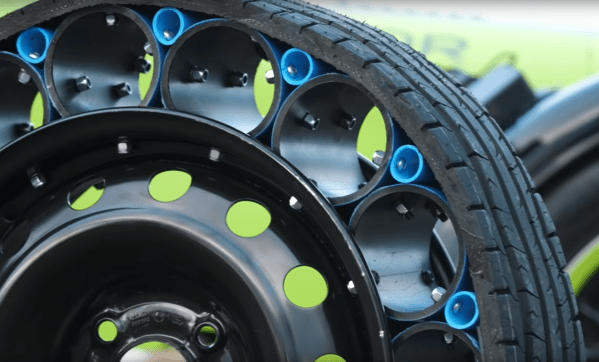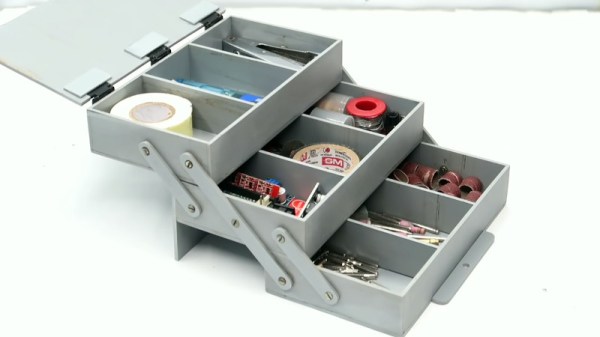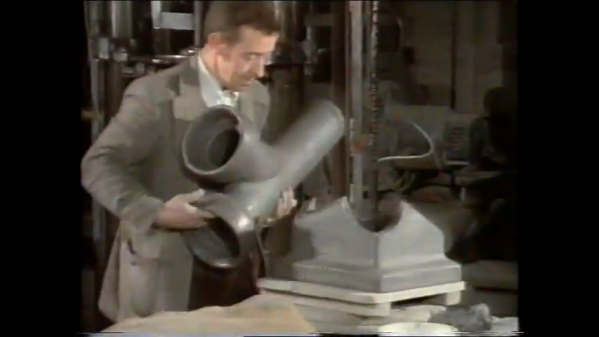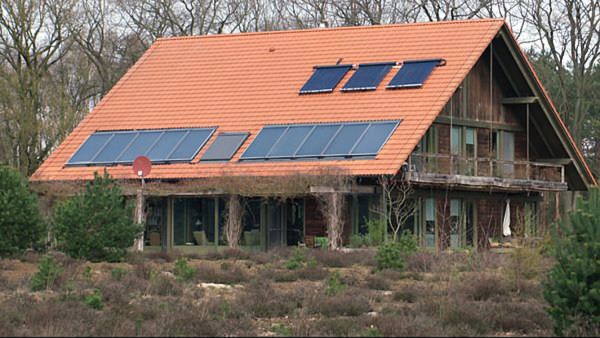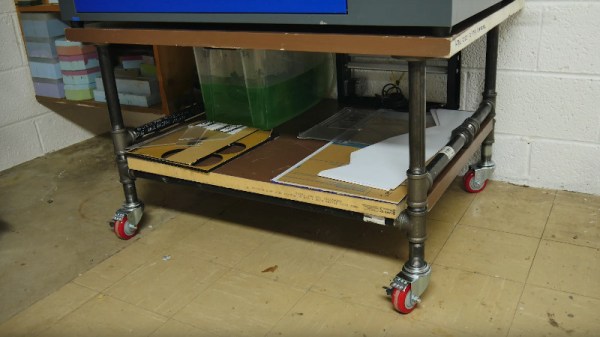Airless tires have been “a few years away” from production for decades now. They’re one of the automotive version of vaporware (at least those meant for passenger vehicles), always on the cusp of being produced but somehow never materializing. They have a number of perks over traditional air-filled tires in that they are immune to flats and punctures, and since there aren’t any airless tires available at the local tire shop, [Driven Media] decided to make and test their own.
The tires are surprisingly inexpensive to make. A few pieces of drainage tubing of varying diameters, cut to short lengths, and then bolted together with off-the-shelf hardware is all it takes, although they note that there was a tremendous amount of hardware needed to fasten all the pipe lengths together. With the structure in place they simply cut a tread off of a traditional tire and wrapped it around each of the four assemblies, then bolted them up to their Caterham street-legal race car for testing.
While the ride quality was notoriously (and unsurprisingly) rough and bumpy, the tires perform admirably under the circumstances and survive being driven fairly aggressively on a closed-circuit race course. For such a low price and simple parts list it’s shocking that a major tire manufacturer like Michelin hasn’t figured out how to successfully bring one to a light passenger car yet.
Thanks to [Itay] for the tip!

